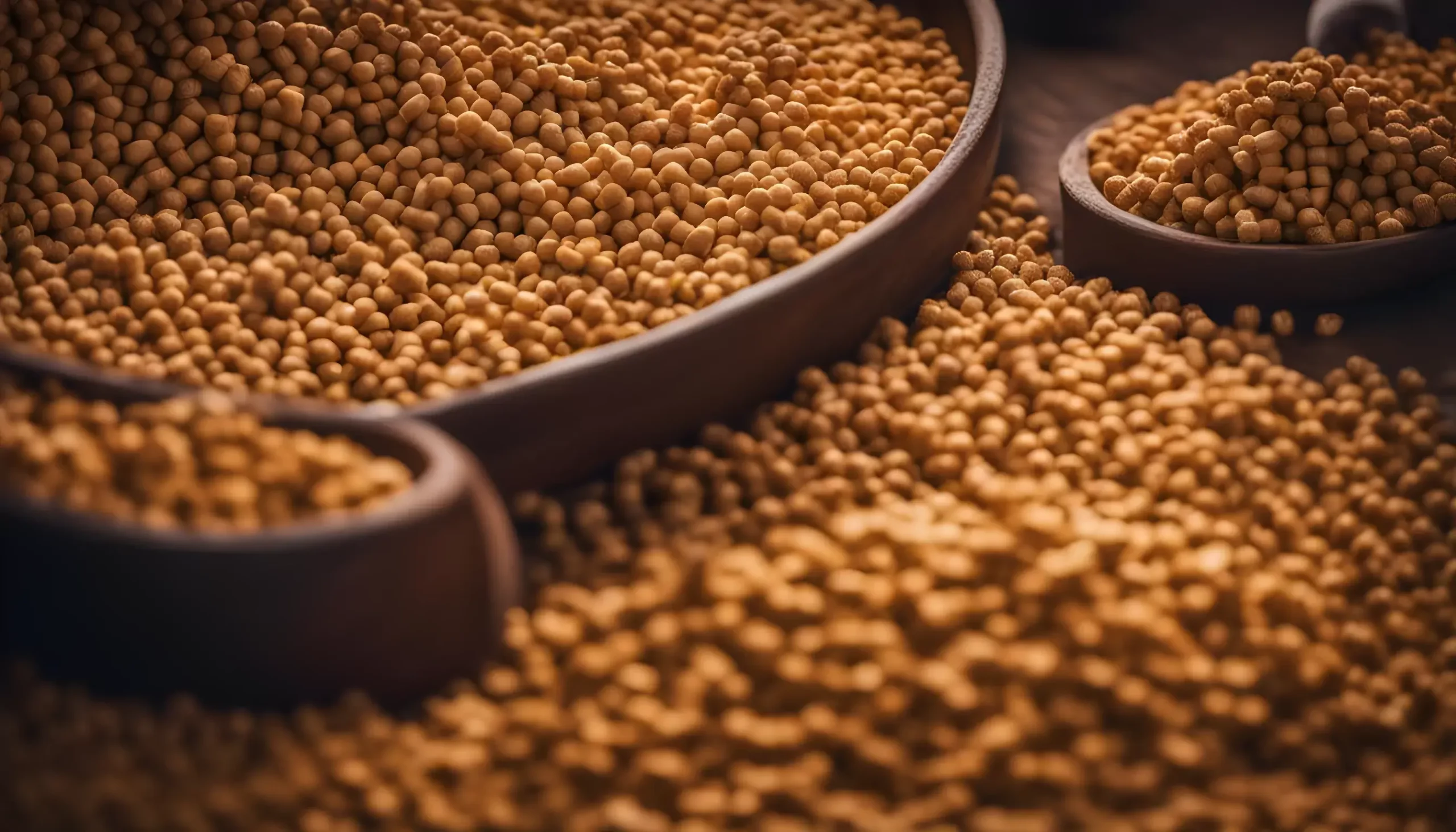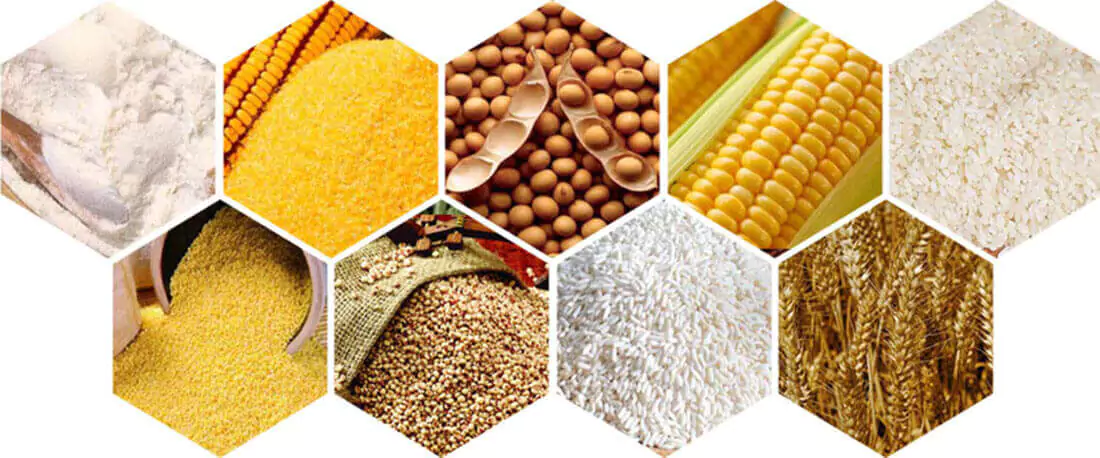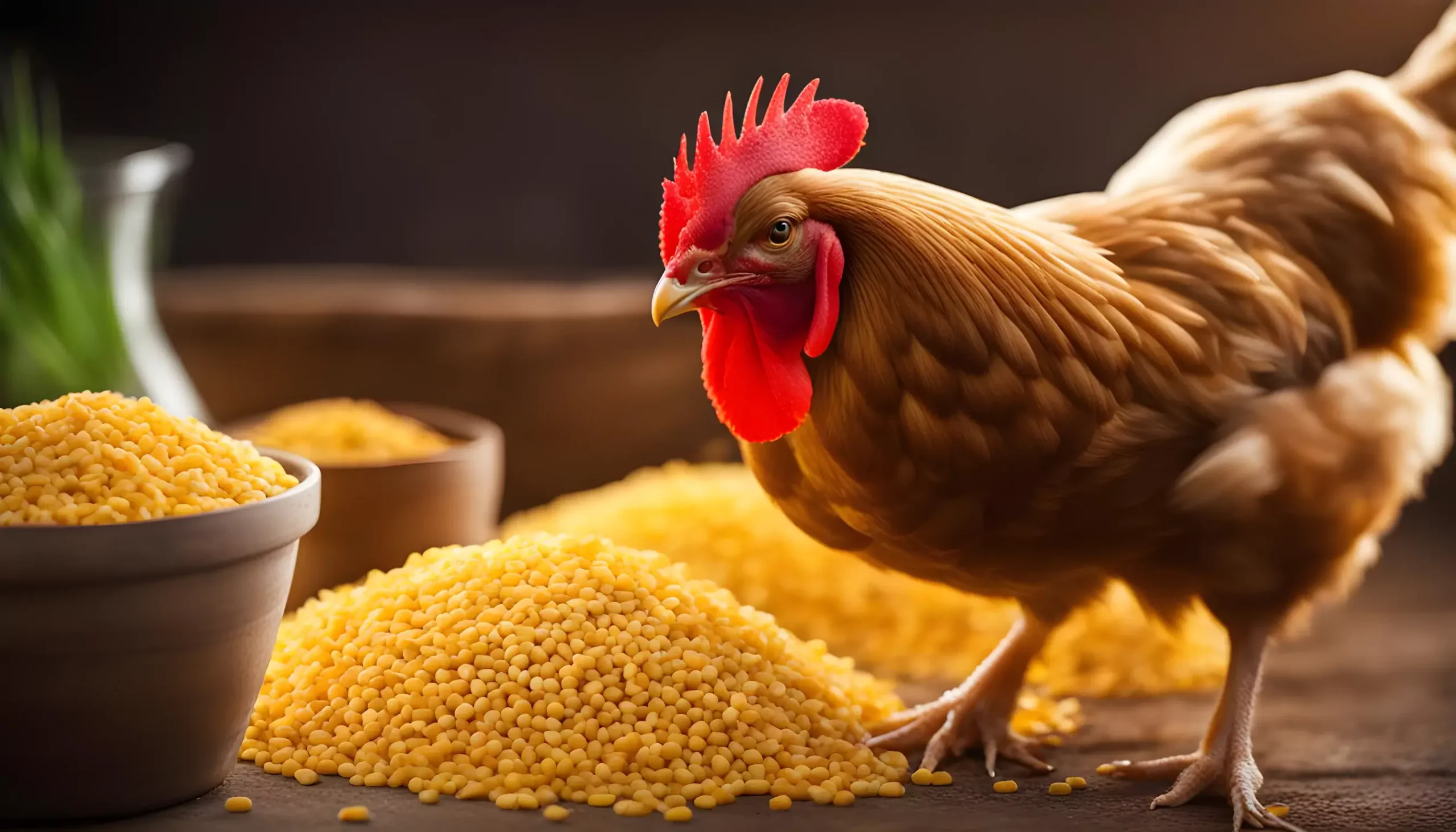Buying or Making Your Own Chicken Feed: Which Is Cheaper?
Many chicken farmers often ask an important question. Is it cheaper to make your own chicken feed or to buy it from a store? There is no single answer for everyone. The right choice depends on the size of your farm and the time you have. This guide will help you look at all the costs so you can decide what is best for your chicken farming.
The Cost of Making Your Own Chicken Feed
If you decide to make your own chicken feed, you must plan for some initial costs. This includes chicken feed making equipment and raw materials.
Equipment and Setup Costs of Making Your Own Chicken Feed
You will need a grain mill grinder machine to grind raw materials into a fine powder. A high quality machine costs between $500 and $2,000. You also need a feed mixer machine to blend all powder ingredients evenly. This gives your chickens balanced nutrition and the machine typically costs $500 to $3,000. Proper storage bins are also important. They keep ingredients fresh and safe from pests and cost about $50 to $150. Finally, a good digital scale is vital for accurate measurements. It helps ensure a balanced diet and costs $20 to $60.
Raw Ingredient Costs
The cost of ingredients will vary different depending on materials and location. You can expect to pay from $0.50 to $1.50 per pound. Purchasing large amounts at once often can reduce your cost per pound. You may also need to add supplements like calcium or vitamins. This could add $5 to $20 to your monthly budget. Choosing organic ingredients will also increase your costs usually by up to 20% to 50%.
The Cost of Buying Commercial Feed
The price of store-bought feed varies by brand and quality. A standard 50-pound bag can range from $15 to $40. Feeds for chicks or laying hens will have different prices. Premium options like medicated or organic feeds can cost 10% to 30% more. Some suppliers also offer discounts if you buy in large quantities.
Your Time and Work Involved
Compare how much time and labor you will spend on making your own chicken feed and on buying feed.
Making Feed: A Time Commitment
Making your own feed is a time commitment. It can take two to four hours per week just to mix and prepare the feed. You also spend time researching and buying the ingredients. Properly storing and managing your stock also adds to your weekly tasks.
Buying Feed: Quick and Easy
Buying commercial feed is much quicker. Your main time cost is the trip to the store, which might be 30 minutes to two hours a month. The feed is ready to use. This saves you from doing quality control. Daily feeding is also simple and straightforward.
Getting the Nutrition Right
The right diet is vital for your chickens’ health.
Homemade Feed: You Are in Control
With homemade chicken feed, you have full control over the ingredients. This lets you choose natural or organic items and avoid preservatives. The feed is also very fresh. However, creating a balanced diet is hard. It requires careful research and calculation. You may need advice from a nutritionist.
Commercial Feed: A Sure Balance
Commercial feed offers reliable and consistent nutrition that chickens need. Experts create the complete and nutrition-balanced formulas. The quality of the feed is consistent from bag to bag. On the other hand, some brands may use preservatives. You also have less control over the specific ingredients.
Homemade Feed Cost Analysis
| Feed Type | Corn ($) | Soybean Meal ($) | Oats ($) | Alfalfa Meal ($) | Fish Meal ($) | Calcium Carbonate ($) | Bone Meal ($) | Salt ($) | Vitamin and Mineral Premix ($) | Total Cost for 100 lbs ($) |
| Layer Feed | 20.00 | 60 | 80 | 240 | 400 | 125 | 0 | 100 | 0 | 1025.00 |
| Broiler Feed | 16.67 | 50 | 0 | 0 | 400 | 0 | 267 | 100 | 1000 | 1833.67 |
Commercial Feed Cost Analysis
| Feed Type | Cost for 50 lbs ($) | Cost for 100 lbs ($) |
| Layer Feed | 30 | 60 |
| Broiler Feed | 35 | 70 |

The Benefits of Commercial Feed
Buying feed from a store is a simple way to feed your chickens. It offers a balance of nutrition and convenience.
A Balanced and Trusted Diet
- Made by Experts. Experts create these feeds to give your chickens a complete diet.
- Consistent Nutrition. Each bag has the right mix of proteins, vitamins, and minerals.
- Quality Assurance. Many feeds are checked for quality. This gives you peace of mind.
Feed for Every Age
You can buy feed made for chickens at different life stages.
- Starter feed is for chicks.
- Grower feed is for growing birds.
- Layer feed helps hens lay eggs.
Storing Feed and Preventing Waste
Proper storage is key to minimizing waste and keeping feed fresh.
Homemade Chicken Feed: Storage and Freshness
Raw ingredients for homemade feed have a limited shelf life. Grains can attract pests or become moldy if not stored in cool, dry, and well-sealed containers. Since homemade feed often lacks preservatives, it is best to make it in batches that can be used reasonably quickly to maintain freshness and prevent spoilage. Incorrect measurements during preparation can also lead to an imbalanced feed that chickens might not eat, resulting in waste.
Commercial Chicken Feed: Built for Shelf Life
Commercial feeds usually come in well-sealed bags designed to minimize spoilage and protect against pests. They are often easier to store in bulk without significant degradation. Most commercial feeds include preservatives, which extend their shelf life. They are also formulated with a consistent particle size to reduce dust, which can be a source of waste in feeders.

Growing Your Farm: Which Choice Scales Better?
As your farm gets bigger, your feeding plan may need to change. Here is how each choice works for a larger flock.
Making Your Own Chicken Feed
Making feed yourself becomes more difficult as you scale up.
- You will need more space to store bulk ingredients.
- You must spend more time making the feed.
- You may need to buy larger, more expensive equipment.
- For a very large farm, the time and work can become too much.
Buying Commercial Chicken Feed
Buying feed is often easier when your farm grows.
- You can get better prices when you buy in large amounts.
- You spend less time on mixing. This frees you up for other farm work.
- The feed quality is always consistent.
- Suppliers often have good delivery systems. This can lower your shipping costs.
Is It Cheaper to Make Your Own Chicken Feed? The Final Answer
The best answer truly depends on your specific farm situation.
Making your own chicken feed can be cheaper if:
- You have the time to source ingredients carefully and find good prices.
- You are able to buy ingredients in bulk and have proper storage.
- You have the necessary equipment and the time for consistent preparation.
- You have a smaller flock where the labor involved is manageable.
Buying commercial chicken feed might be a better choice if:
- Your time for farm chores is very limited.
- You do not have adequate space for storing many separate ingredients.
- You prefer the certainty of a professionally formulated, balanced diet without extra research.
- You have a very large chicken farming, making homemade feed need too much labor-intensive.
Carefully consider all these factors. This will help you choose the most economical and effective way to feed your chickens and support your farm’s success.

